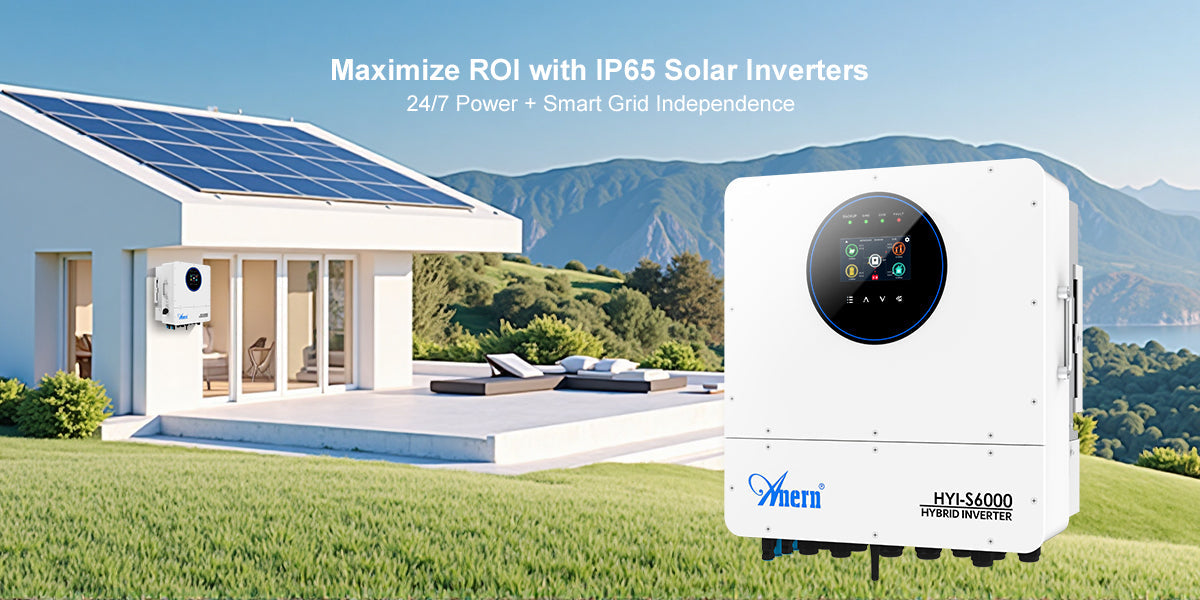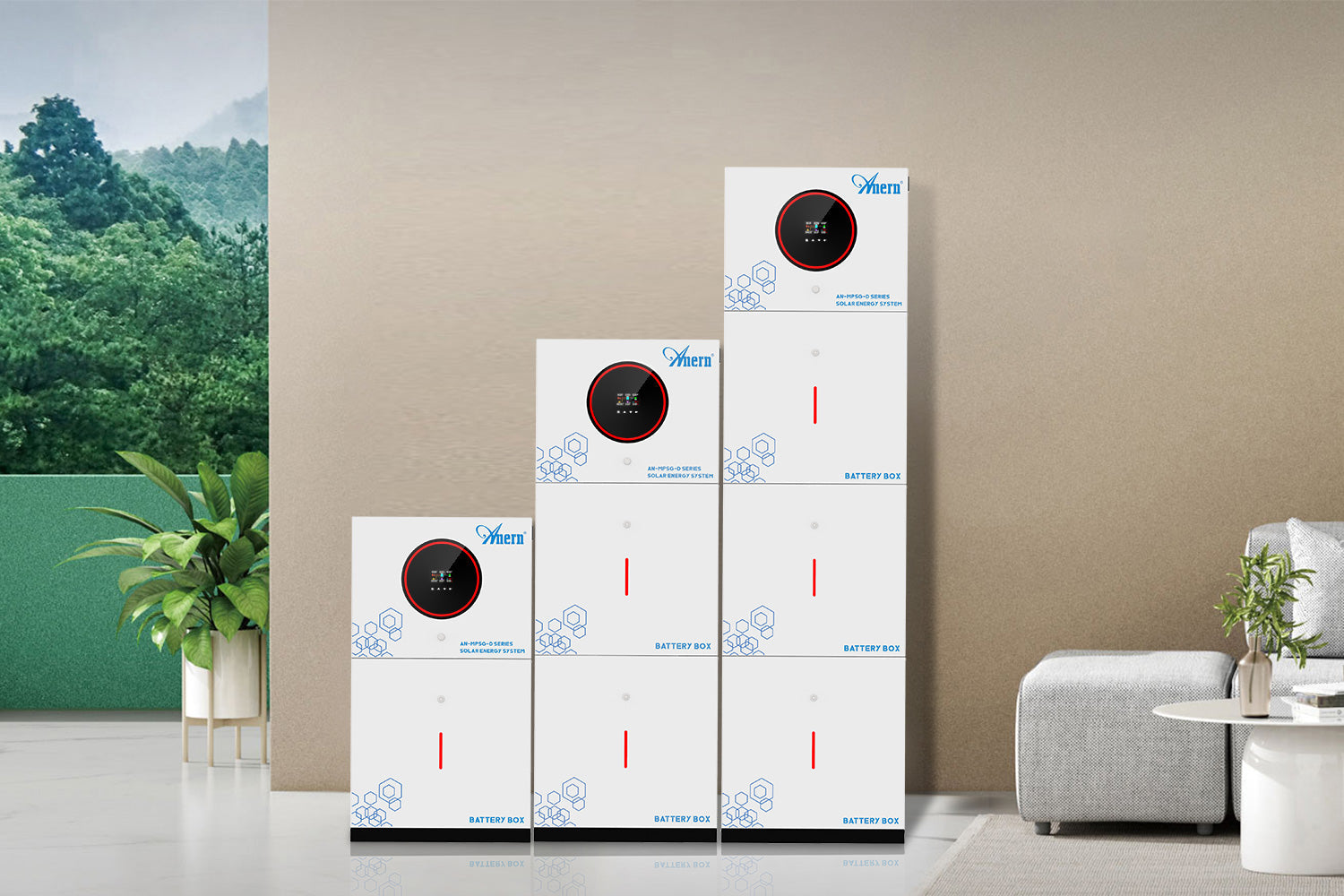The pursuit of stable energy costs and true energy independence is a growing priority for homeowners and businesses alike. Combining solar power with robust energy storage systems offers a compelling solution, empowering you to take control of your electricity consumption and secure a reliable energy future. Solar energy, an abundant and widely distributed resource, significantly contributes to energy security and reduces pollution.
The Rise of Solar Power
Solar photovoltaic (PV) technology has seen remarkable growth, transforming the energy landscape. Global solar PV capacity tripled between 2018 and 2023. This expansion is driven by supportive policies and a dramatic fall in the cost of electricity generated from solar panels. According to the International Energy Agency (IEA), solar PV is set to become the largest renewable energy source by 2029, surpassing both wind and hydropower.
Falling Costs and Increasing Adoption
The cost of solar energy has steadily decreased over the last decade. From 2010 to 2015, the average PV module efficiency for residential systems rose from 13.3% to 15.6%. By 2022, manufacturers' average selling prices for solar PV modules had fallen significantly, making solar an increasingly attractive investment. In 2023, global solar PV investments in capacity additions increased by about 30%, surpassing USD 480 billion, and exceeding investments in all other power generation technologies combined.
The IEA Clean Energy Equipment Price Index shows that the first half of 2024 saw a 20% drop in solar PV prices. This reduction in equipment costs benefits the renewable electricity sector, enabling countries to build cleaner power systems. For example, in India, the combination of solar PV and batteries is already competitive with new coal plants, and it is projected to be cheaper than new coal in China and gas-fired power in the United States in the coming years.
Environmental and Economic Advantages
Solar energy offers numerous benefits beyond cost savings. It is a clean energy source with low lifecycle greenhouse gas emissions compared to conventional energy sources. Solar electric systems operate without moving parts, produce no noise, and do not require water or fossil fuels for electricity generation. Moreover, installing solar panels at the point of energy need, such as on rooftops, increases efficiency by reducing transmission and distribution losses.
The solar industry also contributes significantly to economic growth. The U.S. solar industry directly employed over 255,000 workers in 2021, a 9.2% increase from 2020. The Department of Energy reports that solar technologies employ 39% of the electric power generation workforce, compared to 15% for coal, oil, and natural gas power plants.
The Crucial Role of Energy Storage
While solar power offers substantial benefits, its intermittent nature—generating electricity only when the sun shines—highlights the need for effective energy storage solutions. Integrating battery storage systems with solar PV allows you to store excess energy generated during peak sunlight hours and use it when needed, such as at night or during cloudy periods. This effectively increases self-consumption and reduces reliance on the grid.
Battery Technologies and Their Evolution
Lithium-ion batteries, particularly lithium iron phosphate (LiFePO4) batteries, are at the forefront of energy storage technology due to their high performance, safety, and reliability. The global market for energy storage doubled in 2023 to over 90 gigawatt-hours (GWh). The IEA projects that overall global energy storage capacity will increase six-fold by 2030, with batteries accounting for 90% of this rise.
The total capital costs of battery storage are expected to decrease by up to 40% by 2030. This decline in battery costs, supported by an abundance of renewable energy technology manufacturing capacity, is crucial for accelerating the shift to renewable energy. Cheaper lithium iron phosphate (LFP) batteries accounted for 80% of new storage batteries in 2023.
Standalone Storage and Policy Support
Significant policy changes are boosting the adoption of energy storage. For instance, in the United States, the Inflation Reduction Act (IRA) of 2022 introduced tax credits for battery storage systems. This means homeowners can receive a 30% tax credit for installing battery storage systems with a capacity of at least 3 kilowatt-hours (kWh), even if they are not paired with new solar panels. This credit is available for systems installed between 2023 and 2032.
The IRA expanded federal tax credits to promote clean energy development, including battery storage deployment. This legislation has provided a stable federal foundation for standalone storage, fostering unprecedented momentum in the sector. The demand for flexible capacity on the grid is driven by the need to manage variable renewable energy sources like wind and solar, and energy storage provides the necessary flexibility, speed, and stability.
Achieving Energy Independence
Combining solar power generation with reliable energy storage creates a robust system that moves you closer to energy independence. This integrated approach offers several practical benefits.
Reduced Reliance on the Grid
With a solar and storage system, you generate your own electricity and store it for later use. This significantly reduces your dependence on the traditional utility grid, making you less susceptible to power outages and fluctuating electricity prices. This is particularly beneficial for off-grid applications, such as homes, farms, or remote cabins, where reliable grid access may be limited or unavailable.
Stable Energy Costs
Investing in solar and storage allows you to lock in your energy costs for the long term. Once your system is installed, your primary "fuel" source—sunlight—is free. This shields you from unpredictable increases in electricity rates, providing financial predictability and peace of mind. While initial investment costs for clean energy technologies rose in 2021 and 2022 due to higher input prices, these pressures have since eased. The economic attractiveness of solar PV and wind has increased as wholesale power prices remain high in historical terms.
Consider the following comparison of electricity generation costs:
| Energy Source | Typical Cost Drivers | Stability |
|---|---|---|
| Grid Electricity | Fossil fuel prices, transmission costs, regulatory changes | Volatile, subject to market fluctuations |
| Solar PV Only | Initial installation, sun availability | Stable during daylight, reliant on grid at night |
| Solar PV + Storage | Initial installation, battery degradation over time | Highly stable, reduced reliance on grid, backup power |
Enhanced Resilience and Reliability
An integrated solar and storage system provides a resilient energy supply. During grid outages, your stored solar energy can power essential appliances, ensuring continuity and comfort. For example, a residential energy storage system, which integrates a lithium battery, hybrid inverter, and solar panels, provides a comprehensive solution for home energy needs, including backup power.
The IEA emphasizes that grid-scale storage, particularly batteries, is essential for managing the impact of massive deployments of variable renewables on the power grid. They help handle hourly and seasonal variations in renewable electricity output while maintaining grid stability and reliability in the face of growing demand.
Looking Ahead: A Brighter Energy Future
The solar and storage industries are experiencing rapid innovation and growth. Companies with extensive experience in the solar industry are focusing on advancements in lithium battery manufacturing, energy storage systems, and integrated ESS development. This dedication to providing reliable and scalable energy solutions is helping individuals and communities achieve greater energy independence.
The shift towards clean energy is undeniable. In 2023, for every USD 1 spent on fossil fuels, USD 1.7 was spent on clean energy, a significant increase from a 1:1 ratio five years prior. Investment in clean energy is setting new records, highlighting the momentum behind a new global energy economy. The IEA projects that investment in solar PV technology alone could exceed USD 500 billion in 2024, surpassing all other generation sources combined.
The synergy of solar power and energy storage is not just a technological advancement; it is a fundamental shift towards a more secure, sustainable, and economically predictable energy future. Embracing these solutions empowers you to contribute to a cleaner environment while enjoying the tangible benefits of stable energy costs and enhanced energy resilience.





Leave a comment
All comments are moderated before being published.
This site is protected by hCaptcha and the hCaptcha Privacy Policy and Terms of Service apply.